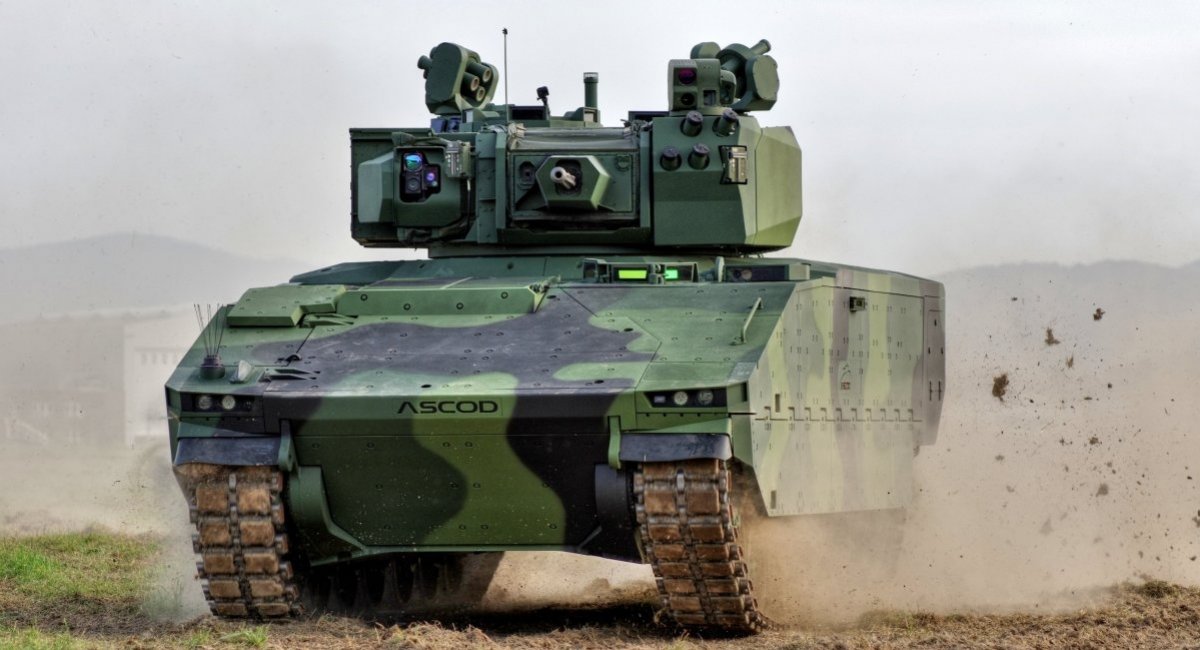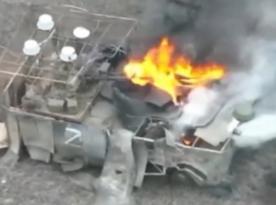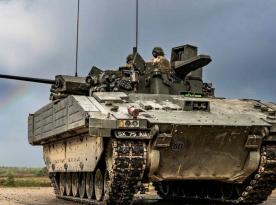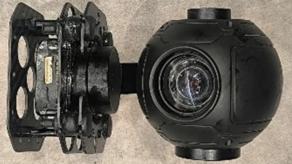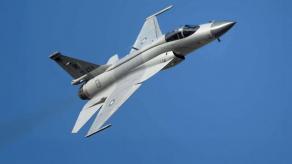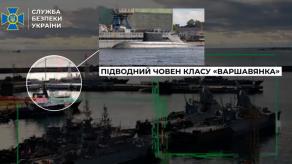Latvian Ministry of Defense has concluded its competition for supplying infantry fighting vehicles and announced it will enter contract negotiations with General Dynamics European Land Systems (GDELS), specifically its Spanish division, Santa Bárbara Sistemas, for the acquisition of ASCOD IFVs.
The selection of ASCOD followed a thorough evaluation of competing proposals, which began in early 2023 and included testing of various IFVs. The ministry explained that the decision was based on a comprehensive assessment of the armed forces' needs, vehicle cost, equipment specifications, delivery timelines, local industry involvement, and other factors.
Read more: ASCOD vs. CV90 Rivalry on the Ukrainian Defense Market: Essential Facts About These IFVs
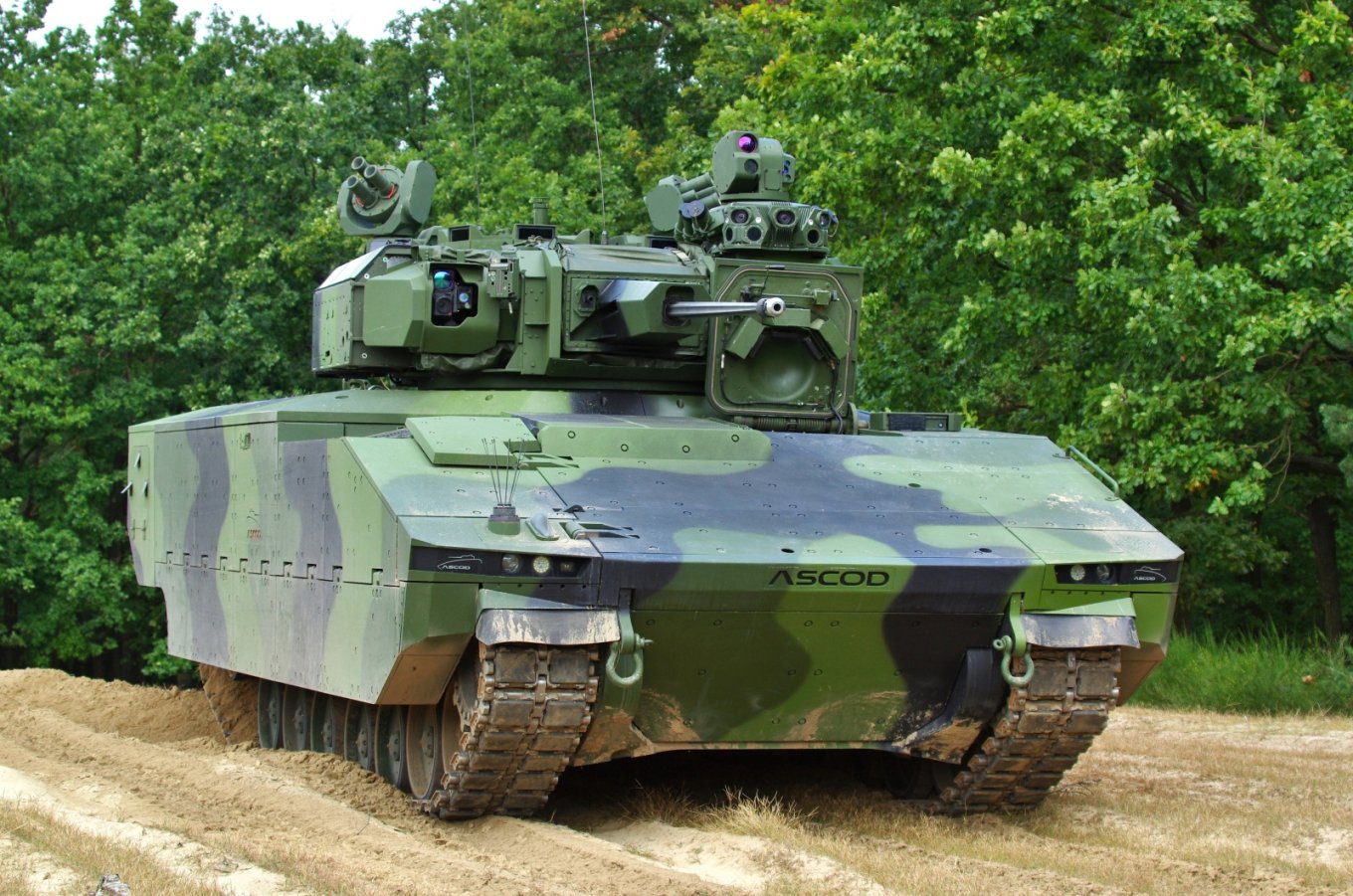
After evaluating these criteria, the ASCOD proposal by GDELS outperformed its competitors, namely: the Swedish CV90 from BAE Systems Hägglunds, the Korean K21 Redback from Hanwha Defense, and the Turkish Tulpar from Otokar.
The CV90 was widely considered the favorite to win the competition, and not just because it's popular around the world — after all, ASCOD-based vehicles are also quite widely present in various countries, including Austria (Ulan IFV), the Philippines (Sabrah light tank), Spain (Pizarro IFV), the UK (Ajax IFV), and the USA (M10 Booker light tank).

The most important factor favoring CV90 was that it's already in service in Estonia and slated for purchase by Lithuania and Scandinavian nations. From a unification perspective, the CV90 would have aligned better with Latvia’s regional allies, fostering interoperability and facilitating prospects of joint procurement orders.
In terms of equipment and combat capability, ASCOD with its maximum combat weight of 42 tons and CV90 with 38 tons are nearly equivalent. Basically, the chassis performance defines other parameters, including levels of protection, armament, and payload capacity which are similar for both platforms. Defense Express provided an in-depth comparison of these two IFVs in a separate analysis.
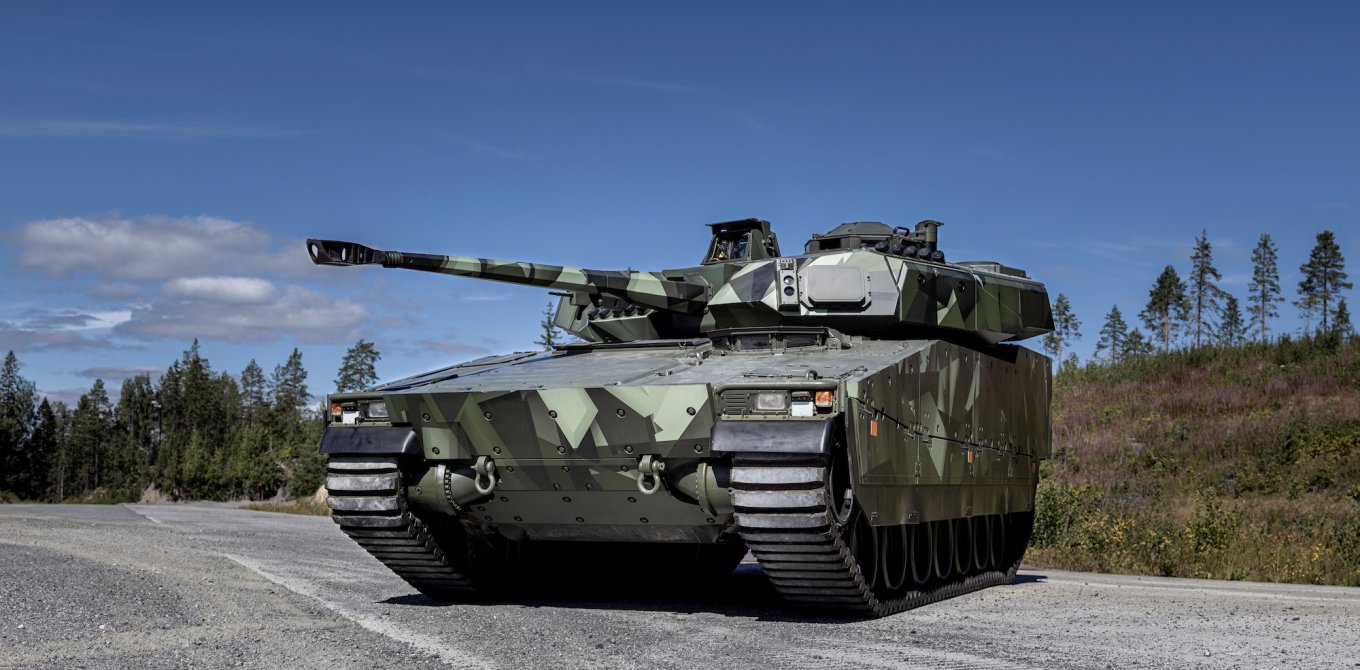
Local production shouldn't have been a decisive factor either, as BAE Systems Hägglunds had already localized 40% of production for the Czech and Slovak markets. Price discrepancies were also likely negligible.
Consequently, the primary reason for selecting ASCOD must be something else, e.g. delivery timelines. GDELS currently has fewer pending orders on hand, allowing Santa Bárbara Sistemas to potentially deliver up to 50 ASCOD vehicles annually — a production rate confirmed in June 2024 during Spain’s military aid discussions with Ukraine.
Apparently, the manufacturer entering the competition with unloaded assembly lines, which guarantees faster deliveries, is why Latvia may have ultimately favored ASCOD.
Interestingly, the GDELS offer also surpassed Hanwha Defense’s AS21 Redback, which is currently vying for a contract in Romania and offering attractive terms, including the establishment of local production. In previous offers, Korean defense firms have even included other perks like building roads for the tanks they would supply.
GDELS’s success thus suggests the need for a closer look at ASCOD’s features and the competitive advantages that sealed the deal in Latvia’s procurement decision.
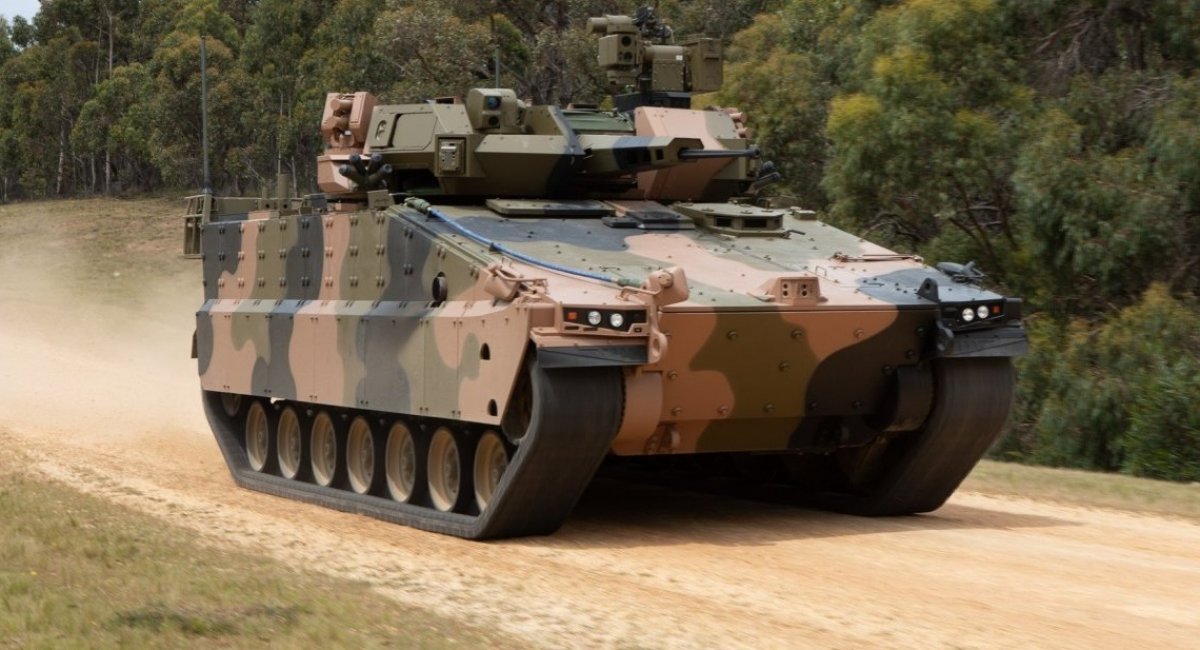
Read more: Romania Weighs Fast-Track K2 Tank Purchase Amidst Growing Defense Needs



